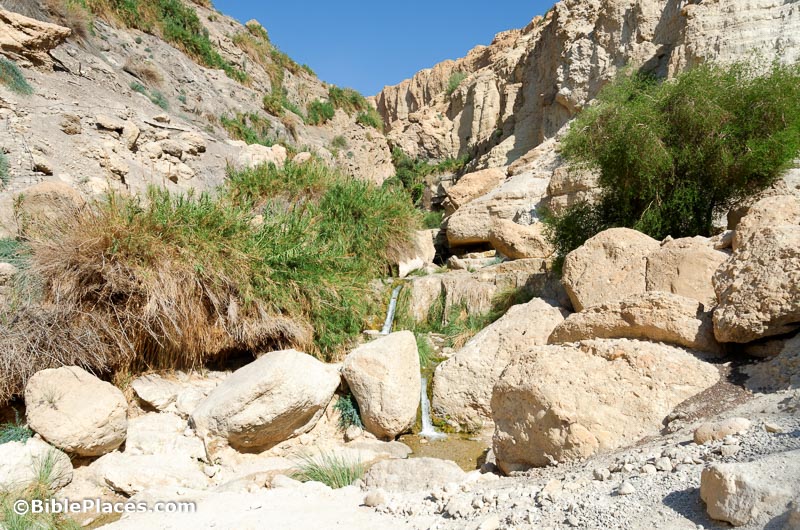A “lost city” from the time of Amenhotep III has been discovered near Luxor. “After seven months of excavations, several neighborhoods have been uncovered, including a bakery complete with ovens and storage pottery, as well as administrative and residential districts.” The excavating team is hailing it as the “second most important archeological discovery since the tomb of Tutankhamun.”
The National Museum of Egyptian Civilization in Cairo opened on April 3, and Luxor Times has posted a 30-minute walking tour.
NPR has posted a number of photos of the spectacle dubbed “The Pharaohs’ Golden Parade.”
Hikers in the northwestern Negev discovered a rare Egyptian scarab amulet dating to the 9th–8th centuries BC.
500 caves have been excavated in the Judean wilderness in recent years, and it is estimated that it will take 2-3 years to finish what remains.
William A. Ross looks at what the recent Dead Sea Scrolls discovery means for Septuagint studies.
A bronze tablet from Yemen dating to the 1st century BC mentions a temple dedicated to a previously unknown god.
Visitors can now take a virtual tour of Baalbek that shows the site as it looks today as well as at its height in the Roman period.
Carl Rasmussen shares several photos of a well-preserved but seldom-visited portion of the Diolkos near Corinth.
April 13, 8:30 pm (Eastern): Steve Austin will be giving a special session on “Climate Change, Dead Sea Mud & Bible Chronology.” Registration is required, and the session will not be recorded.
April 14, 8:00 pm (Eastern): Lawrence Schiffman will be speaking about the newly discovered Dead Sea Scrolls.
April 14, 8:00 pm (Eastern): Beth Alpert Nakhai will be speaking on “The Real Lives of Women in Biblical Times.” Registration costs $7.
Thomas E. Levy provides a summary of William G. Dever’s life as recounted in his recently published autobiography.
Brunilde Ridgway’s review of John Boardman’s A Classical Archaeologist’s Life: The Story So Far: An Autobiography provides a good summary of an extraordinarily productive life.
“During the next three years, RINBE will create a complete and authoritative modern presentation of the entire corpus of the royal inscriptions of the six kings of the Neo-Babylonian Empire in print and in a fully annotated (linguistically tagged), open-access digital format.” Some is already available, including a pdf of The Royal Inscriptions of Amēl-Marduk (561–560 BC), Neriglissar (559–556 BC), and Nabonidus (555–539 BC), Kings of Babylon (Royal Inscriptions of the Neo-Babylonian Empire 2), by Frauke Weiershäuser and Jamie Novotny (and for sale here).
HT: Agade, Keith Keyser, Arne Halbakken, Ted Weis
